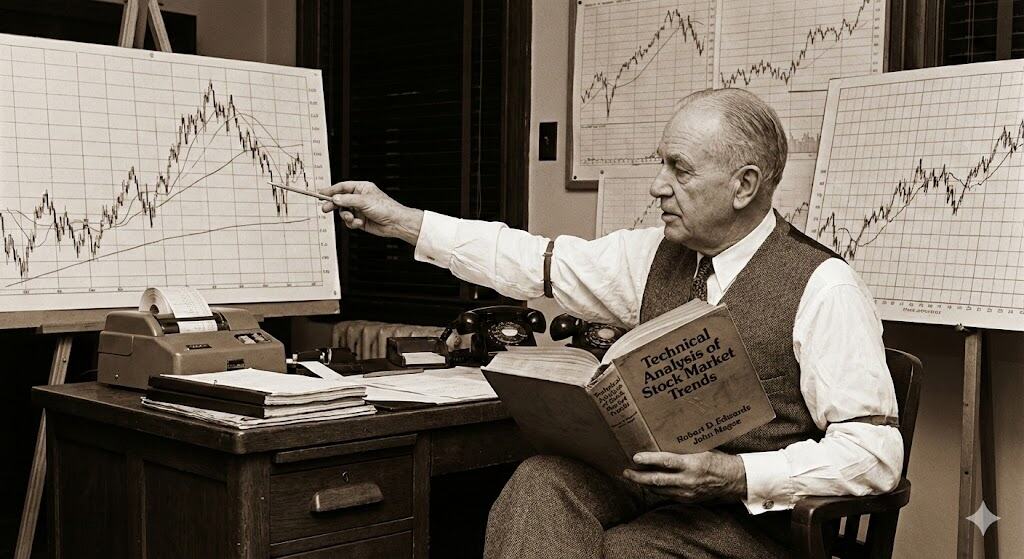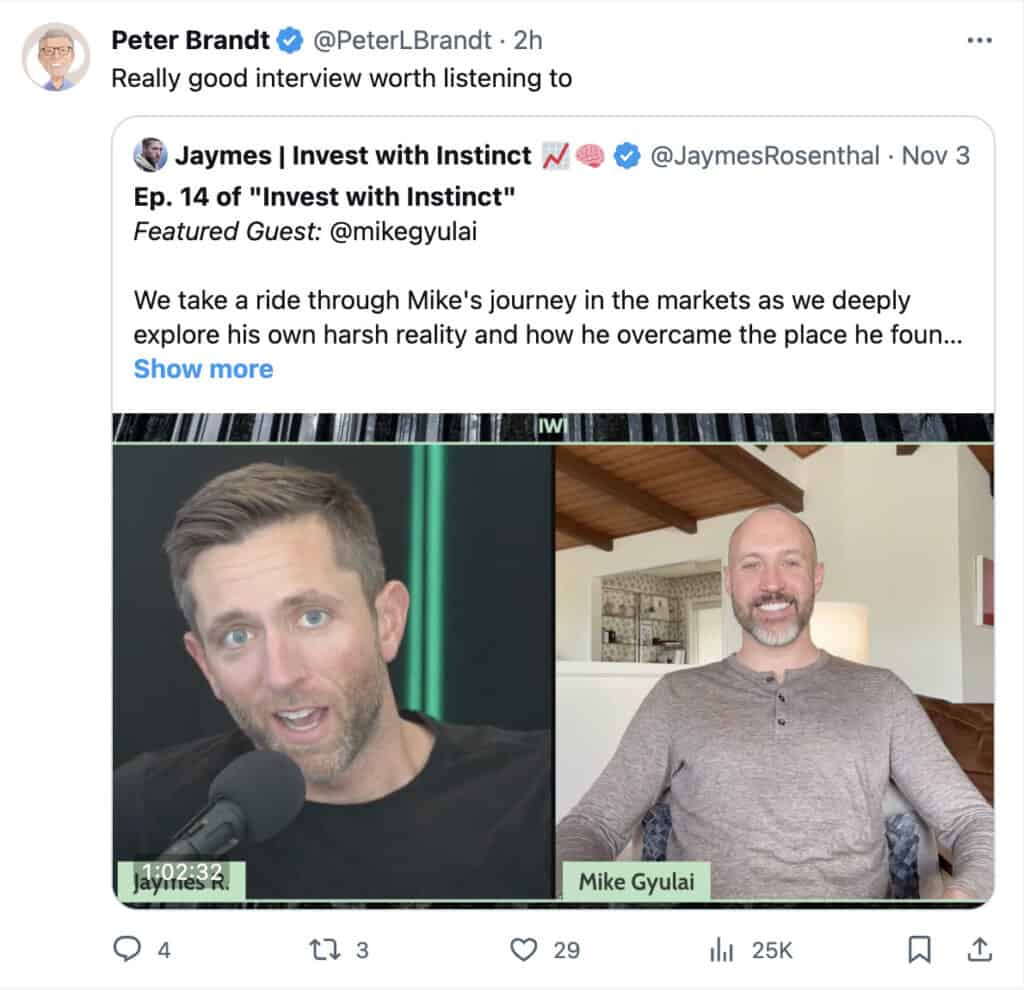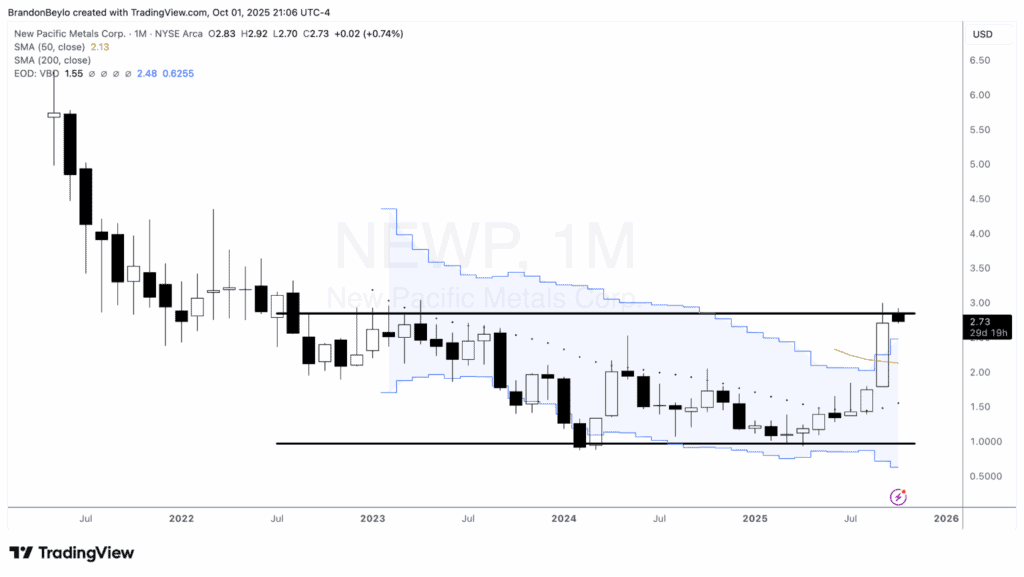Every once in awhile a few gems will surface through Wall Street’s noise. Such is the case with a departing note from Jan Loeys, a senior strategist from J.P. Morgan who has been at this game for over 30 years.
In his final note, Loeys shares his thoughts on all the hot issues in finance and trading. The following are his most relevant comments to what we do at Macro Ops. The bolded emphasis is ours.
Quant Vs Discretionary
- Quantitative techniques are indispensable, though, to deal with the complexity of financial instruments and the overload of information we face. Empirical evidence counts for more than theory, but you need theory to constrain empirical searchers and avoid spurious correlations.
- Rules versus discretion? You need both. I have tried to have logical arguments to buy or sell certain assets, based on Finance. And I have tried to corral evidence that the signals I use have in the past had the assumed impact on asset prices. Each of these then became a rule, of the form: If X>0, buy A, and vice versa. As we collected these rules, and published them in our Investment Strategies series, the question came up naturally whether we should not simply make our investment process driven by a number of empirically proven rules, and to banish any discretion (emotion?) from the process. Over time, we converged on a mixture of the two as pure rules ran into the problem that the world is forever changing, partly as everyone else figures out the same rule and then arbitrages away the profit, and partly as economic structures and regimes similarly change over time in a way that we cannot capture with simple rules.
- Much as I have been talking a lot about cycles, I do not think of the world as a stationary system described by a set of parameters that we steadily get to know more about. Instead, as economists we think of people constantly optimizing their objectives, under the constraints they face. Aside from truly exogenous shocks to the system, the main difference between today and yesterday is that today, we know what happened yesterday and that information allows us to constantly fine tune and thus change our behavior. That is, we constantly learn from the past, much to try to avoid making the same mistakes. At the macro level, this means that the system is constantly evolving. As Mark Twain said, “History doesn’t repeat itself, but it often rhymes”. As investors, we should look at the market as billions of people all learning and adapting. The best investors are those who get ahead of this by learning faster and understanding better how others are learning.
Forecasting
- The starting point of Finance is the Theorem of Market Efficiency which posits that under ideal conditions what we all know should be in the price. Only new information moves the price. Hence, it is changes in expectations about the future that drive asset prices, not the level of anything.
- How to forecast view changes? The good news is that changes in opinions about fundamentals such as growth and inflation tend to repeat. This is one driver of momentum in asset prices, and is likely driven by the positive feedback between risk markets and the economy that forecasters naturally find very difficult getting ahead of.
- There is a fundamental difference between an asset price and a forecast. A forecast is a single outcome that you consider the most likely, among many. In statistics, we call this the mode. An asset price, in contrast, is closer to the probability-weighted mean of the different scenarios you consider possible in the future. When our own probability distribution for these different outcomes is not evenly balanced but instead skewed to, say, the upside, the market price will be above our modal view. Asset prices can thus move without a change in modal views if the market perceives a change in the risk distribution. An investor should thus monitor changing risk perceptions as much as changing modal views.
- Do markets get ahead of reality? They do, yes, exactly because asset prices are probability-weighted means and the reality we perceive is coded as a modal view. Information arrives constantly and almost always only gently moves the risk distribution around a given modal view. Before we change our modal view of reality, the market will have seen the change in risk distribution and will have started moving already.
- Levels or direction? In our business, we are asked to forecast asset prices and returns. I have found this very hard but fortunately have had the luxury to be able to stick to forecasting market direction rather than outright asset price levels. In markets that are close to efficiently priced, what we know is already in the price and we cannot really use that same information to make a coherent case for an asset price level that much different from today. All I have been able to do is to make a case that there are mild-to-decent odds in favor of the market going in one direction rather than the other. We have been much more successful in forecasting direction than actual asset price levels, and it is the direction that is more important for strategy.
Finding Alpha
- The Theorem of Market efficiency, which implies investors can’t beat the market, implies that asset prices will follow random walks, with drift and that asset price changes will be white noise, with no serial correlation. There are thus only two possible inefficiencies to be exploited: positive serial correlation, which we call Momentum, or negative serial correlation, which we call mean reversion, or Value (to become valuable, asset prices need first to go down, or fundamentals need to improve faster than the price). It is an empirical question which dominates where. At the asset class and sector level, we have found that Momentum dominates, while within the fixed income world, Value is more important.
- Across time, market momentum at the macro level has been the best way to earn excess returns. I discussed above how some of this is due to the momentum in view changes. More fundamentally, in open markets, we frequently face a Fallacy of Composition according to which rational and equilibrating behavior at the micro level becomes destabilizing at the macro level. The free market is very good at motivating entrepreneurship and rational behavior at the micro level, but is subject to constant booms and busts at the macro level. Central banks try to control this instability through counter-cyclical policies but can’t undo it all.
- Trade the risk bias. Even when markets price in exactly our modal views, I find it useful to consider how prices will move on new information and then try to position on any skew in the outlook. If I find that a particular price or spread will move a lot more on bullish than on bearish news, then I will position bullishly. This works at the portfolio level if I can combine different unrelated risk biases.
- Cherish your errors. I have learned ten times more from being wrong than being right. Once you make a mistake, go public with it, analyze it in detail, and learn from it.
- Be your own devil’s advocate, and spend most time with people who do not agree with you, or who have a different way of looking at things. Not always easy as being with like-minded people is more comforting.








